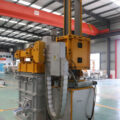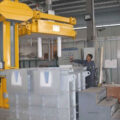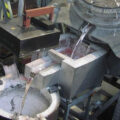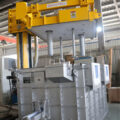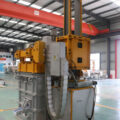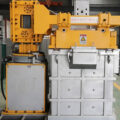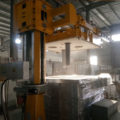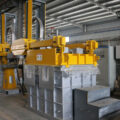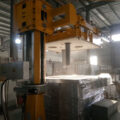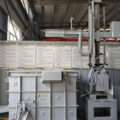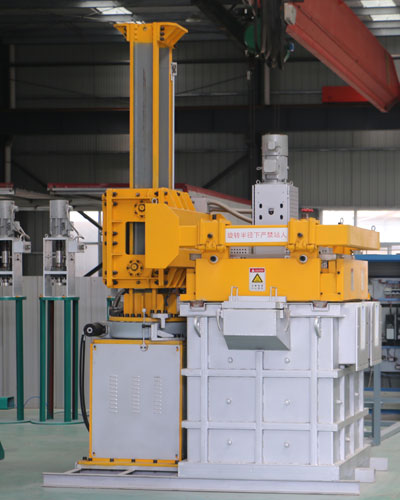
In the processing of molten aluminum, it is desirable to remove certain gases and other materials or elements from the molten aluminum before further processing and depending on the specific application or process. The device or function can generally be called a degasser or degassing for molten aluminum.
In the application of a degasser for molten aluminum, dissolved hydrogen is the target gas to be removed from the melt before the next casting step of the process. If hydrogen remains in the aluminum during the casting process, the escape of hydrogen from the solution may cause any one or more casting problems, such as twisting, peeling, blistering, and even cracking.
In a given application, the specific dissolved hydrogen content may vary greatly, ranging from 0.20 ml / 100 g Al for general extruded billets to 0.10 ml / 100 g Al for rolled slabs for aerospace applications.
Generally, hydrogen is removed from molten aluminum by introducing or bubbling inert gas through the metal. Examples of inert gases that can be used include argon or nitrogen.
In addition to removing hydrogen by using an inert gas, it is often desirable to remove other impurities during the refining process, and this removal may also occur or be required during the degassing process. For example, adding a small amount of chlorine to an inert gas can remove various inclusions and alkali metal impurities in a relatively effective manner. Inclusions in molten aluminum may come from many different sources in the smelting process, impurities in the molten metal furnace, or from added materials (such as grain refiners).
Failure to adequately remove inclusions may lead to tearing and surface defects of the rolled aluminum sheet, pinholes, and increased die wear during extrusion. In some applications, the usual goal is to remove about 50% of the unwetted inclusions in the degassing system. The filtration of molten aluminum downstream of the degassing system will generally be used to further reduce inclusions in the molten metal.


